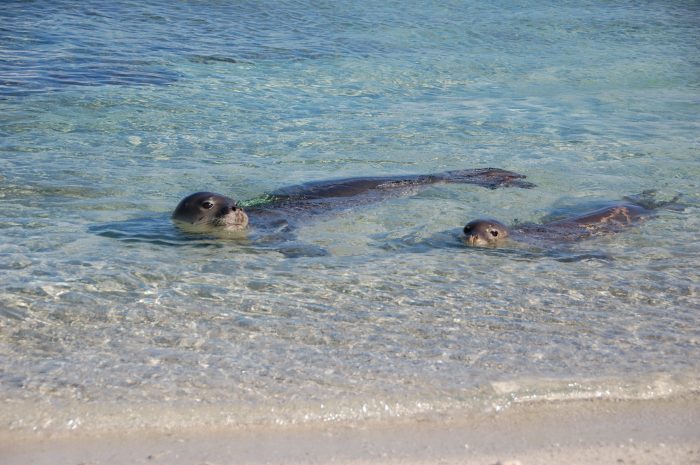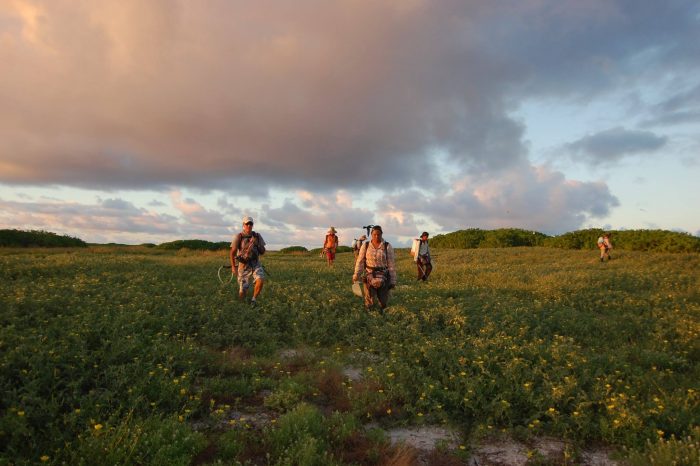By Florence Sullivan, MSc Student Oregon State University, Department of Fisheries and Wildlife
It’s been a couple long, busy weeks here at the GEMM lab as my field season has wrapped up and new labmates are just getting started. There are students in the lab at all hours organizing, processing, and analyzing data. Much of our work investigating the spatial and temporal patterns of marine mammals around the globe takes long hours of parsing through information to bring you results. Systematic sampling is an important research tool but, sometimes, exciting discoveries just wash up at your front door.
Humpback Whale stranding in Puget Sound
http://westseattleblog.com/2016/08/stranded-whale-reported-south-of-fauntleroy-ferry-dock/
Just recently on August 7, 2016, a 39 foot, juvenile female Humpback whale stranded at the Fauntleroy Ferry Terminal in West Seattle, WA. This is very close to my home town, and a recent GEMM lab intern was in the area at the time, so we have a photo of this event for you! The humpback came ashore while still alive, but despite efforts to keep it comfortable and wet, the whale died before the tide returned.

A cursory necropsy, conducted on site by researchers from NOAA fisheries and the Cascadia Research Collective, showed the animal had multiple internal parasites and injuries associated with beaching, as well as being in poor nutritional condition overall. There were also bites on the lower jaw consistent with killer whale encounters, and a pod of orca had been spotted in the area the previous day. Necropsies are an important source of data about the basic physiology and biology of marine mammals that is not accessible through any other means. The carcass was towed to a deep-water disposal site approved by federal and state agencies and sunk. Humpback whale sightings in the Salish Sea have increased in the last five years. This, together with the fact that this juvenile was in poor nutritional condition, could indicate that there is competition for resources.
New Species Discovered!
There have been two new species of cetaceans discovered in recent months!
http://news.nationalgeographic.com/2016/07/new-whale-species/
The first exciting announcement was published in the journal Marine Mammal Science in July. Japanese fishermen in the North Pacific have long reported a small, black beaked whale they call karasu, “raven.” In 2013, Japanese researchers published a paper about this black, beaked whale variant of the sub-family Berardiinae using three stranded carcasses, but the sample size was too small to make any conclusions. Three years later there is strong genetic evidence that this is a new species of beaked whale based on (1) genetic analysis of samples from a stranded animal on St. George, Alaska (2) skeletons in a high school in Unalaska, Alaska, (3) skeletons in the Smithsonian archives, and (4) skeletons in other museum and institutional collections around the Pacific Rim. The species still needs to be described and named, but some researchers have suggested Berardius beringiae to honor the sea where it was found. What do you think?

The second announcement of a new species came from the Smithsonian Institution earlier this month. A skull of the newly-named Arktocara yakataga species was found more than 60 years ago near the present day city of Yakutat, Alaska. Obviously belonging to a prehistoric dolphin, the skull was kept at the Smithsonian’s National Museum of Natural History until new research found that it was actually a previously undiscovered species. A. yakatoga is thought to be a relative of the present day South Asian River Dolphin, and is both the northernmost, and one of the oldest dolphin fossils found to date. This new find is a reminder to everyone that not all discoveries are made in the field. Museum and archival collections continue to play an important role in the advancement of science and knowledge. Check out the link above to see some awesome artistic renderings of the new species, as well as a 3D scan of the skull in question.
Humpbacks vs Orcas
http://onlinelibrary.wiley.com/doi/10.1111/mms.12343/full
http://news.nationalgeographic.com/2016/08/humpback-whales-save-animals-killer-whales-explained/
Sounds like the next big B-Sci-fi movie doesn’t it? Well, this story is the latest to go viral on the internet. Published on July 20, 216 in the journal Marine Mammal Science, the study investigated accounts of humpback whales interfering with killer whale attacks. Researchers looked at 115 interactions between the two species. Humpbacks initiated 57% of the interactions, and 87% of these moments occurred when the killer whales were attacking or feeding on prey. Surprisingly, only 11% of the prey in these events were humpback whales, while the remaining 89% ranged from other cetaceans to pinnipeds, to a sunfish! The authors suggest that the humpback whales were alerted to attacking killer whales in the area by vocalizations, and that this attracts them to the scene regardless of the species being attacked. Although kin selection (care for or defense of relatives to preserve your family’s genetics even though the action may be detrimental to self), or reciprocity (exchange between individuals for mutual benefit) might explain some of this behavior, the fact that humpback whales so often defended other species means that we cannot rule out the possibility of altruistic behavior. This is a pretty fascinating read, and definitely opens up some new questions for researchers!




















